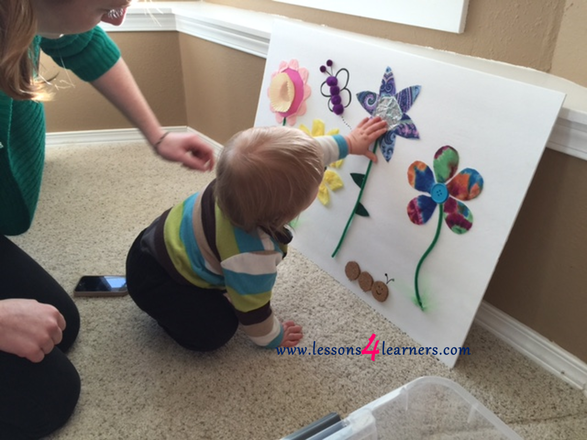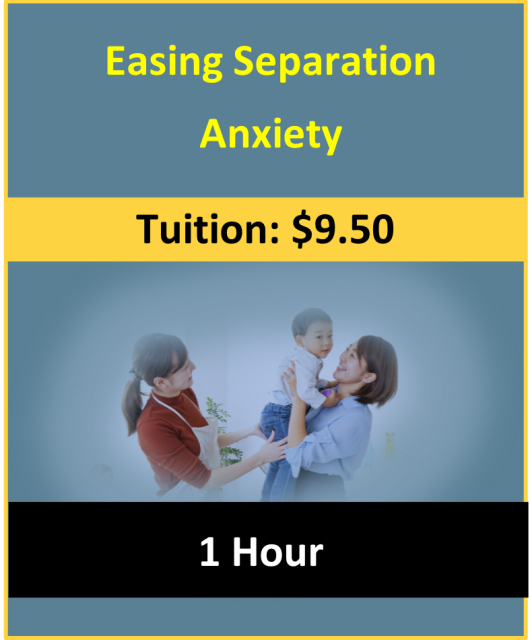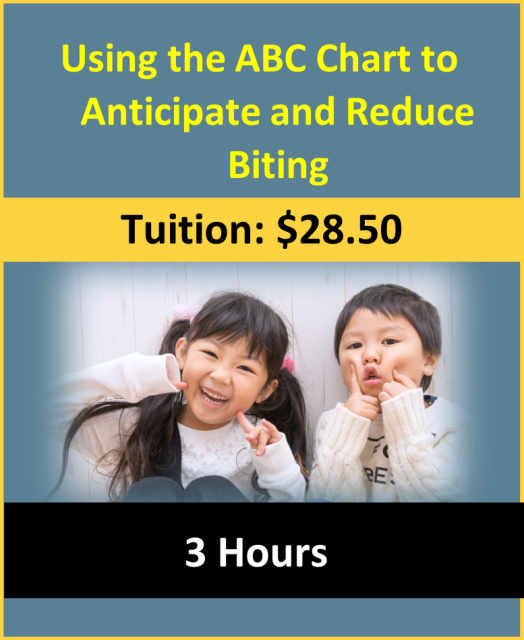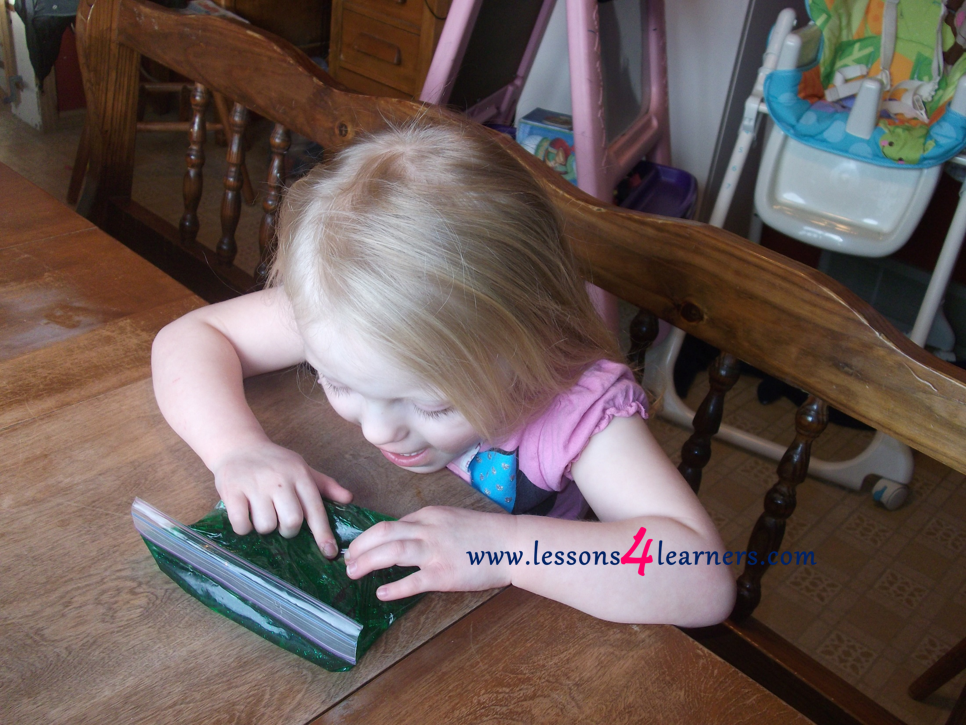Flower Sensory Board
Lesson Plan:
|
Activity:
Flower Sensory Board Lesson plan developed by Ms. Erika Geelhoed, BA Ed Age Group:
* Lesson plan objective and assessment can be adapted to use this activity with toddlers or preschoolers.
Objectives:
Children will:
|
|
II.4.3a
Materials:
|
Procedure:
- Use the craft materials to create flowers of different sizes and colors.
- Glue onto poster board and let dry.
- Present to the children and let them explore.
- As they are touching the different materials, converse with them about what they are experiencing.
- You can use new vocabulary words such as “petal”, “stem”, and “leaves” to promote language acquisition.
Assessment:
- Observe and record children’s reaction to various textures.
Click on the course icon for enrollment information.
Sensory Alternatives for Textures
|
Even before children can speak, they are developing an understanding of things in their environment by actively exploring them with all their senses. As they become more verbal, they are able to describe similarities and differences in what they see, hear, taste, touch, and smell. For example, each time a child explores sand, he is confirming his previous explorations and discoveries that sand is dry, gritty, and so forth, and he will eventually notice other materials that share those same characteristics. As they directly experience things themselves, children explore and communicate preferences, making sense of the world around them. For instance, they discover that they enjoy the feel of dry sand or that they have an aversion to slimy things. When caregivers acknowledge and accept their preferences, children learn that their feelings and decisions are valid.
|
It’s very common for young children to display an aversion to one texture or another, either due to discomfort or lack of exposure to the material in a comfortable setting. Here are some alternatives to consider for supporting children who are uncomfortable with the texture or consistency of a material:
Resealable plastic bags:
It can be particularly helpful to place messy, sticky, or gooey substances in resealable bags if infants and toddlers are not yet comfortable with or able to choose whether or not to touch the material with their hands or feet.
Tools for manipulating sensory material:
Providing tools is a very nonthreatening way to allow children to explore a texture they are not yet comfortable touching directly. Tools you might include are brushes, scoops, funnels, sponges, whisks, and cups.
It can be particularly helpful to place messy, sticky, or gooey substances in resealable bags if infants and toddlers are not yet comfortable with or able to choose whether or not to touch the material with their hands or feet.
Tools for manipulating sensory material:
Providing tools is a very nonthreatening way to allow children to explore a texture they are not yet comfortable touching directly. Tools you might include are brushes, scoops, funnels, sponges, whisks, and cups.









